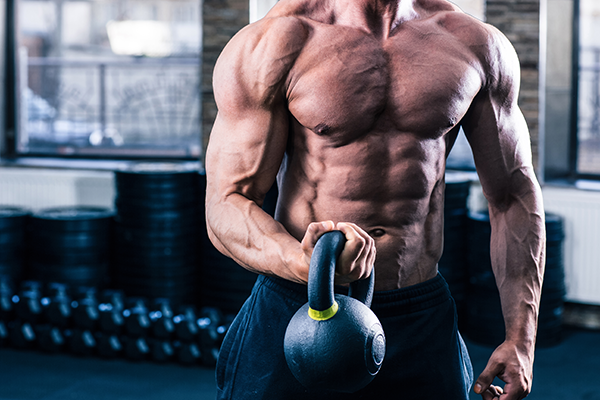
Those of us in the fitness world are certainly among the most observant athletes in the world. In sports like football, basketball, or hockey, most of the effort is placed upon execution of certain tasks… shooting a ball, aiming a kick, knocking a puck through a goal. Athletes in those arena focus upon completing tasks repeatedly until they are second-nature. In the figure, fitness, physique and bodybuilding worlds, much of what we do takes place in accordance with what we observe from those around us. We know what a championship physique looks like, because we read the muscle mags and follow contest coverage. We know what good, bad, and incredible physiques look like. We study the posing and training routines of others. We use what we learn, applying it to our own training, supplementation, dieting, and posing, in order to improve our own outcomes and placings.
When it comes to analyzing our OWN shortfalls, things become a bit more tricky. It's never easy to look in the mirror and admit we are slacking on our diet. We'll usually justify a poor pose or bad training exercise choice based upon whatever rationale allows us to keep our egos intact. We look at our own workouts and we justify every bit of poor form as "Body English to maximize results." We see sets ended early and claim "I didn't want to train past failure". We skip out of the gym after a half hour for a date, claiming "I think I had already reached maximum pump levels…"

One area where it can be most difficult to honestly access our weaknesses is shoulder training. Already, we are using meager weights, even when going heavy with shoulder training. We squat with 400, we deadlift 500, we bench over 300, and we're toying around with the 25 pound dumbbells on shoulder day? Unfortunately for our fragile egos, light weights are precisely what is needed for proper shoulder development, thanks to the vulnerable nature of the shoulder complex and the relatively small size of the deltoid muscles from a physiological sense.
On that note, let's tackle our current shoulder workout, looking at some of the most common mistakes made every day, in every gym in the world, but hard-working lifters who just get a little carried away at times. Film your workout to determine if perhaps you are making one of these mistakes. And if you are, change things up!
Shrug without the roll
We lifters always like having a start and stop point with every repetition, and often engaging in as much range of motion as possible while doing so. This means we often roll or rotate the shoulders as we complete our dumbbell or barbell shrugs. It may seem like you're stimulating more muscle fibers when doing so, but in actuality you are reducing effectiveness and risking shoulder joint injury. Keep this movement clean, precise, and brief, running straight through with no roll!

Overdoing the range of motion
Partial repetitions have a very limited place in the training menu you should engage each week.Sure, there are times when rack deadlifts are useful for moving through a sticking point. But letting yourself resort to partial reps all of the time can lead to structural weaknesses which later manifest in the form of unexpected injuries. However, pushing movements PAST their natural range of motion, particularly on shoulder day, can lead to injuries much more quickly, and with devastating results. Never try to push or extend past the natural start and stop points of each repetition.
Head up on the shrugs
One common injury facing heavy-duty athletes involves the neck, and can lead to years of surgeries. The risk of this can be minimized, provided you train intelligently and keep good form. Use neck bridges and simple hand pushes to build up your neck muscles. When completing dumbbel shrugs, always keep your head up and facing forward. It can be tempting to drop the head to gain a bit more momentum and strength - but doing so can lead to injury.

Heavy presses
There's no denying the effectiveness of barbell presses in the development of the shoulder muscles. Press that weight heavy, using barbells, machine, or dumbbell, and you'll thicken up, while growing stronger. Most of the time, you should be using the variety with the weight slightly in front of your head, and not behind. If you must use the barbell press behind the head, keep the weight moderate, at most. In a perfect world, you'll find more effective exercises to use which don't place the shoulder joints in such a precarious position.
Skipping the rotator cuff
Training the rotator cuff is something that most lifters never consider - until they sustain their first shoulder injury. From that point on, the rotator cuff suddenly matters in a big way. Simple stabilization movements using a light dumbbell or cable pulley attachment allow you to target the RC and AC joint, strengthening these areas. One day, you'll absent-mindedly pull a barbell for bench or shoulder press, and you'll be out of position - it happens to everyone eventually. Establishing a strong rotator cuff through years of training ensures you'll walk away sore, not injured and requiring surgery. Good luck!


